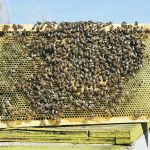Producers still tallying their winter losses, but Alta. appears to be hardest hit at an estimated 30 per cent death rate
Glacier FarmMedia – Alberta honeybee losses over winter have yet to be tallied as beekeepers continue to collect data. Rod Scarlett, executive director of the Canadian Honey Council, says full numbers will be known by late June. “We’ve had some locations and operations that have been very good and overwintered losses of 10 per cent […] Read moreTag Archives Rod Scarlett
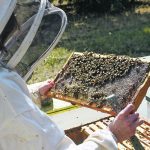
Canadian honey still struggles to reach Japan
WINNIPEG — Canadian beekeepers have a problem in Japan. A percentage of Canadian honey contains trace amounts of quinclorac, a herbicide used to control cleavers in canola. Related story: Honey obtains halal certification Japanese buyers have adopted a stringent residue limit for quinclorac in honey of 0.01 parts per million. As a result, less product […] Read more
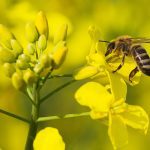
Beekeepers blocked in Japanese market
Japanese honey buyers don't have evidence or data showing that quinclorac above 10 ppb is a risk to human health but they've imposed that limit on Canadian honey anyway.
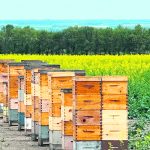
Variable honey year likely close to average
Total honey production across the Prairies is expected to be close to average this year due to widely variable precipitation and drought that have affected crops in much of the region, said an industry leader. “I think honey production has been all over the map depending on where you’re at and how much rain the […] Read more
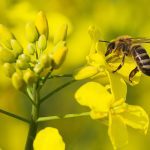
Recent rain helps bee producers hurt by dry conditions
Wildfire smoke has slowed the bees while the fires have forced animals such as bears into areas where hives are located
Prairie beekeepers facing dry conditions and wildfire smoke are welcoming recent rain as they deal with warmer weather that initially helped them after a cold start this spring. “It was getting extremely dry in certain areas,” said executive director Rod Scarlett of the Canadian Honey Council. “This is, just as I say, it’s kind of […] Read more
Honey producers watch the temperature
Rod Scarlett, executive director of the Canadian Honey Council, estimated April 19 total losses of bees across the three prairie provinces have so far averaged 20 to 25 percent.

Honey producers watch the temperature
Rod Scarlett, executive director of the Canadian Honey Council, estimated April 19 total losses of bees across the three prairie provinces have so far averaged 20 to 25 percent.



